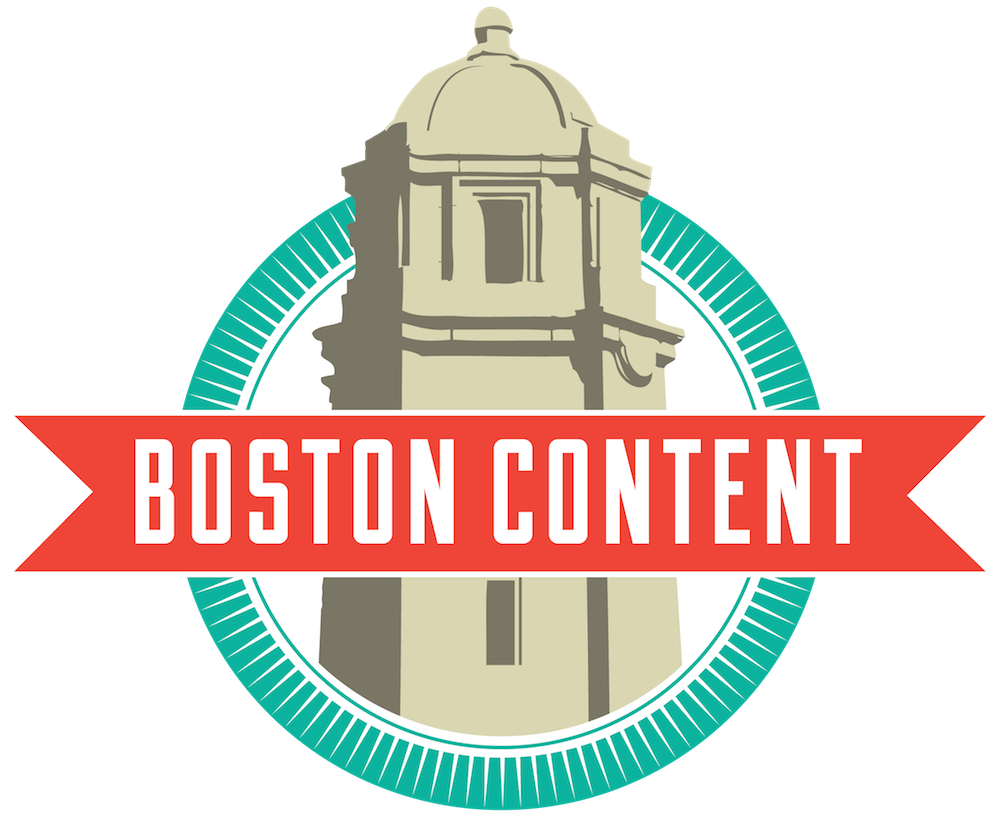Brendan Butts is Senior Technical Lead at Alipes Inc.
Developers often use technical jargon in conversation, forgetting that not everyone has a full understanding of what those words actually mean. This can lead to confusion, especially because when asked to explain what something is, they use even more hard-to-understand jargon. Below, we go over some common technical words and phrases that get thrown around a lot.
Agile Development
This is a software development methodology -- a process used for developing software -- that is very popular with modern-day technologists. Agile itself is not limited to development and can be applied to many business areas, including marketing. It involves small, cross-functional teams, which operate in sprints.
Sprint
A sprint is a timeboxed set of work, the length of which is decided by the agile team. Typically a sprint is a week, two weeks, or a month, though sprints can be shorter.
Backlog
This is the work that remains to be done on a project. It is typically in a project management system and is often ordered by priority. When a sprint is completed, the top items from the backlog typically become the contents of the next sprint.
User Story
A user story is a technique used in Agile to capture some work that needs to be done, from the end-user perspective. For example, “As a visitor to the website, I want to be able to go to the contact page and fill out a form to submit my information to the sales team in order to facilitate a conversation about starting to use the product.”
Waterfall
Waterfall is the old-school style of developing software. You work on a project for an entire year, going from version 2.0 to version 3.0 and finally at the end of the year, you release to software. It’s called this because, unlike agile in which you develop in short bursts and release often, the development process is like a river you travel down for a long time, and the release process is the waterfall, in which everything is released at once.
Scrum & Standup
Scrum is a type of agile development. It is also the name many use for the daily team meeting where each team member tells the group what they did the day before, what they are working on today and what their blockers are. These meetings are done while standing, to keep them brief, and are often referred to as stand-ups.
Blockers
A blocker is simply something that is blocking you from accomplishing a task.
Jira
Jira is a project management product by Atlassian. It is commonly used by development teams to track their sprints, backlog, and to assign work to individuals.
MVP
Minimum Viable Product. In development parlance, this is a piece of software or a website that has the minimum amount of features for it to be useful for early adopters.
AWS
Amazon Web Services. Amazon doesn’t just sell stuff online. It also provides one of the largest and most used cloud services in the world. Without getting into the gritty details, many websites are hosted on AWS and even more assets --images, PDFs, etc. -- are hosted on AWS S3.
CDN
A Content Delivery Network is a geographically distributed network of servers that can be employed to serve up static content like images and files. It is useful because these are very fault tolerant in that if one server goes down, other servers can pick up their slack.
S3
Simple Storage Service is a CDN provided by AWS. Many websites and applications use S3 for storage. When you upload an image to Slack, it is stored in S3. When you upload an image to many websites, S3 is where the image is stored.
Hopefully this has given you a bit more to go on when you’re engaging developers in conversation. You might even find yourself surprising the developers if you start throwing around phrases like “What kind of blockers are we seeing on user stories this sprint?”

